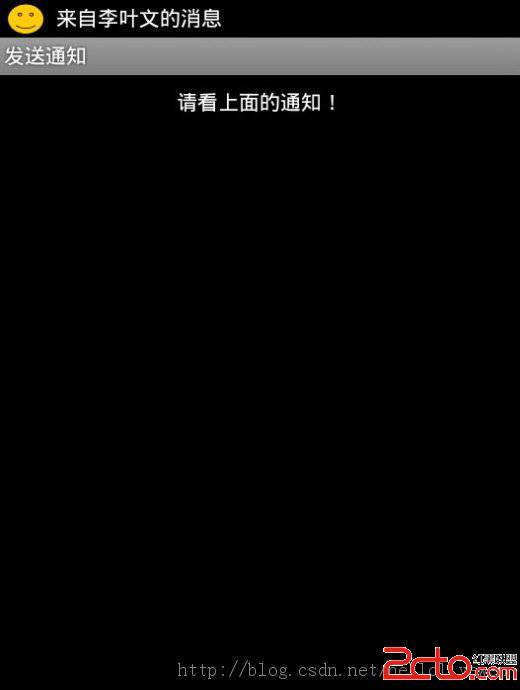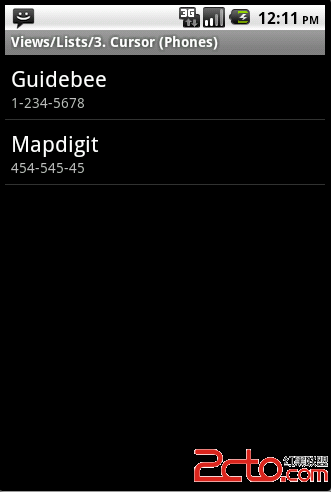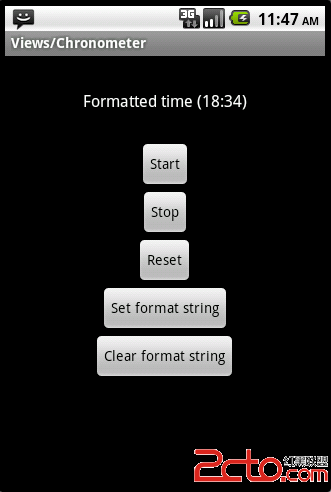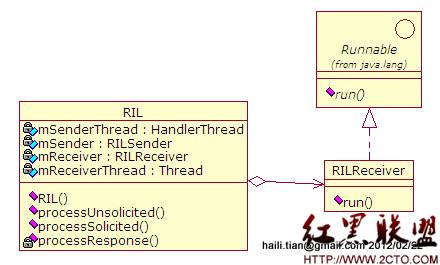怎样在Android本地视频播放器开发
在上一章Android本地视频播放器开发--SDL编译编译中编译出sdl的支持库,当时我们使用的2.0,但是有些api被更改了,所以在以下的使用者中我们使用SDL1.3的库,这个库我会传上源码以及编译出的库,接下来这张我们使用ffmpeg解码视频文件中的视频帧同时使用SDL去显示。
1、Decodec_Video.c 这是我视频解码的文件,其中内容如下:
[cpp]
#include <stdio.h>
#include <android/log.h>
#ifdef __MINGW32__
#undef main /* Prevents SDL from overriding main() */
#endif
#include "../SDL/include/SDL.h"
#include "../SDL/include/SDL_thread.h"
#include "VideoPlayerDecode.h"
#include "../ffmpeg/libavutil/avutil.h"
#include "../ffmpeg/libavcodec/avcodec.h"
#include "../ffmpeg/libavformat/avformat.h"
#include "../ffmpeg/libswscale/swscale.h"
AVFormatContext *pFormatCtx;
int i, videoStream;
AVCodecContext *pCodecCtx;
AVCodec *pCodec;
AVFrame *pFrame;
AVPacket packet;
int frameFinished;
float aspect_ratio;
static struct SwsContext *img_convert_ctx;
SDL_Su易做图ce *screen;
SDL_Overlay *bmp;
SDL_Rect rect;
SDL_Event event;
JNIEXPORT jint JNICALL Java_com_zhangjie_graduation_videopalyer_jni_VideoPlayerDecode_VideoPlayer
(JNIEnv *env, jclass clz, jstring fileName)
{
const char* local_title = (*env)->GetStringUTFChars(env, fileName, NULL);
av_register_all();//注册所有支持的文件格式以及编解码器
if(SDL_Init(SDL_INIT_VIDEO | SDL_INIT_AUDIO | SDL_INIT_TIMER)) {
fprintf(stderr, "Could not initialize SDL - %s\n", SDL_GetError());
exit(1);
}
if(avformat_open_input(&pFormatCtx, local_title, NULL, NULL) != 0)
return -1;
if(avformat_find_stream_info(pFormatCtx, NULL) < 0)
return -1;
av_dump_format(pFormatCtx, -1, local_title, 0);
videoStream=-1;
for(i=0; i<pFormatCtx->nb_streams; i++)
if(pFormatCtx->streams[i]->codec->codec_type==AVMEDIA_TYPE_VIDEO) {
videoStream=i;
break;
}
if(videoStream==-1)
return -1; // Didn't find a video stream
// Get a pointer to the codec context for the video stream
pCodecCtx=pFormatCtx->streams[videoStream]->codec;
// Find the decoder for the video stream
pCodec=avcodec_find_decoder(pCodecCtx->codec_id);
if(pCodec==NULL) {
fprintf(stderr, "Unsupported codec!\n");
return -1; // Codec not found
}
if(avcodec_open2(pCodecCtx, pCodec, NULL) < 0)return -1;
pFrame = avcodec_alloc_frame();
if(pFrame == NULL)return -1;
// Make a screen to put our video
#ifndef __DARWIN__
screen = SDL_SetVideoMode(pCodecCtx->width, pCodecCtx->height, 0, 0);
#else
screen = SDL_SetVideoMode(pCodecCtx->width, pCodecCtx->height, 24, 0);
#endif
if(!screen) {
fprintf(stderr, "SDL: could not set video mode - exiting\n");
exit(1);
}
// Allocate a place to put our YUV image on that screen
bmp = SDL_CreateYUVOverlay(pCodecCtx->width,
pCodecCtx->height,
SDL_YV12_OVERLAY,
screen);
img_convert_ctx = sws_getContext(pCodecCtx->width,
pCodecCtx->height, pCodecCtx->pix_fmt,
pCodecCtx->width, pCodecCtx->height,
PIX_FMT_RGB24, SWS_BICUBIC, NULL, NULL, NULL);
// Read frames and save first five frames to disk
i=0;
while(av_read_frame(pFormatCtx, &packet)>=0) {
// Is this a packet from the video stream?
if(packet.stream_index==videoStream) {
avcodec_decode_video2(pCodecCtx, pFrame, &frameFinished, &packet);
// Did we get a video frame?
if(frameFinished) {
SDL_LockYUVOverlay(bmp);
AVPicture *pict;
pict->data[0] = bmp->pixels[0];
pict->data[1] = bmp->pixels[2];
pict->data[2] = bmp->pixels[1];
pict->linesize[0] = bmp->pitches[0];
pict->linesize[1] = bmp->pitches[2];
pict->linesize[2] = bmp
补充:移动开发 , Android ,




